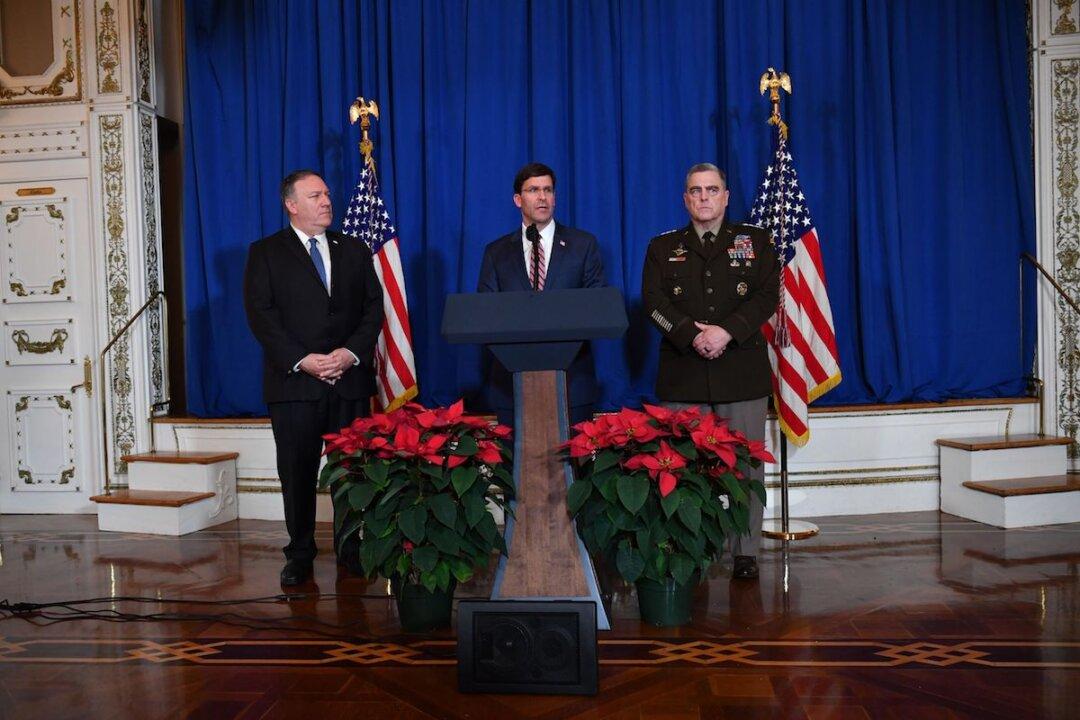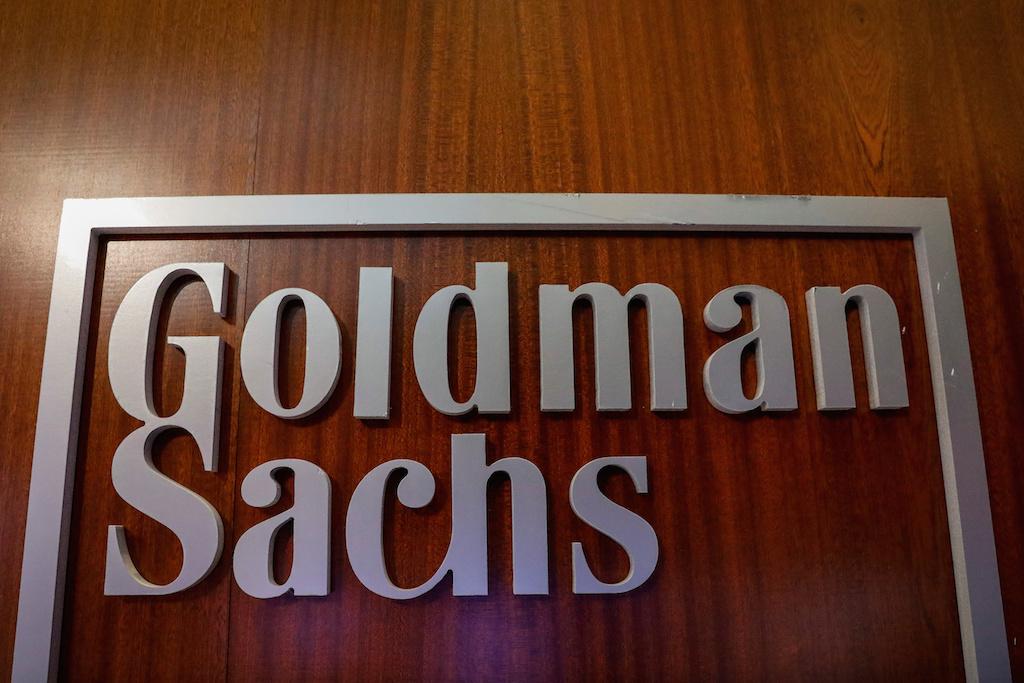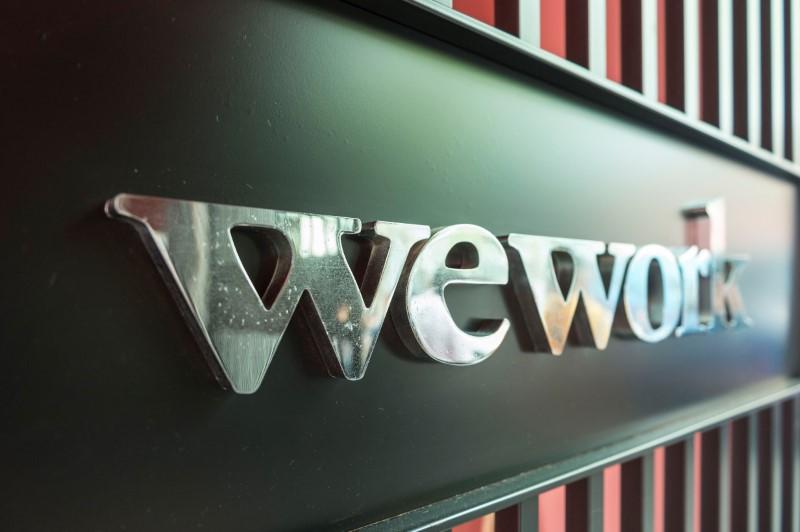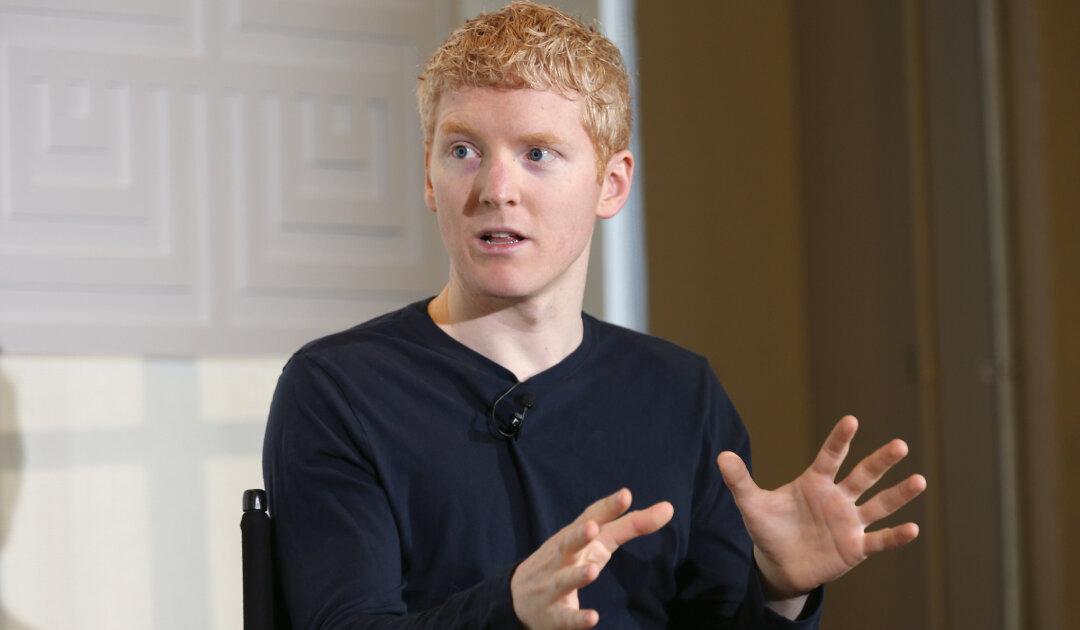PG&E Corp. creditors say the utility could wind up paying bankers and certain stock owners $1 billion in fees for arranging a bankruptcy exit plan that wildfire victims say favors Wall Street over burned-out neighborhoods. The estimates came in court filings from Alan Stone, an attorney for the official committee of unsecured creditors, who said in a Nov. 4 letter that the bill could total $900 million and asked for justification. Another estimate from David Richardson, a lawyer for the official fire victims committee, said the fees could top $1 billion, with the bulk going to equity holders who help with the financing.
The fees are part of the utility’s proposed financing package that seeks to raise $14 billion by selling new stock and another $34.4 billion to refinance old debt. In some scenarios, PG&E would still have to pay fees even if its plan is never implemented, court documents showed.




